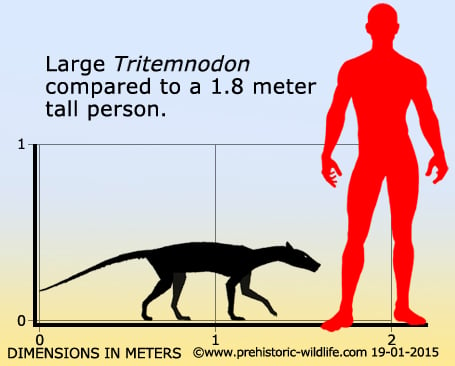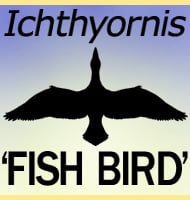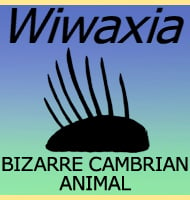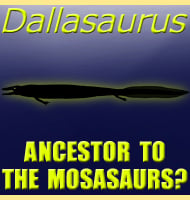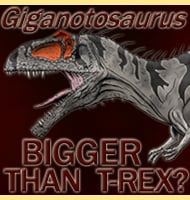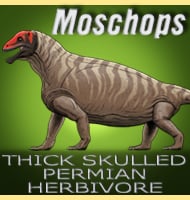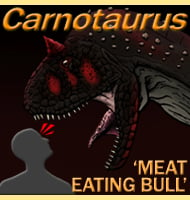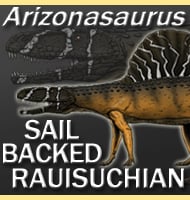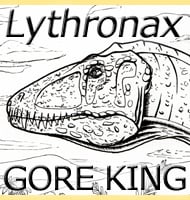In Depth
One of the hyaenodonts, Tritemnodon means ‘three cutting tooth’ and is a reference to how the teeth were formed for greater slicing efficiency, something that hyaenodonts have a reputation for being able to with the greatest ease. The relatively small stature and gracile build of Tritemnodon means that these were most likely predators of smaller vertebrates such as rodent sized mammals. In terms of habitat, most of North America was still dominated by temperate forests that had not yet given way to the expansive grassy plains that would arrive by the Miocene. Therefore Tritemnodon probably lurked around the forest floor sniffing out scent trails left by the smaller animals that it would hunt for prey in a similar manner to how a fox would do today. The long legs and lightweight build of Tritemnodon would mean that an individual would be quite capable of running down even fairly fast prey.
Further Reading
- Contributions from the Museum of Paleontology. - University of Michigan 27(13). - P.D. Gingerich & H.A. Deutsch - 1989. - Classification of Mammals Above the Species Level 1-640. - M. C. McKenna and S. K. Bell - 1997.
